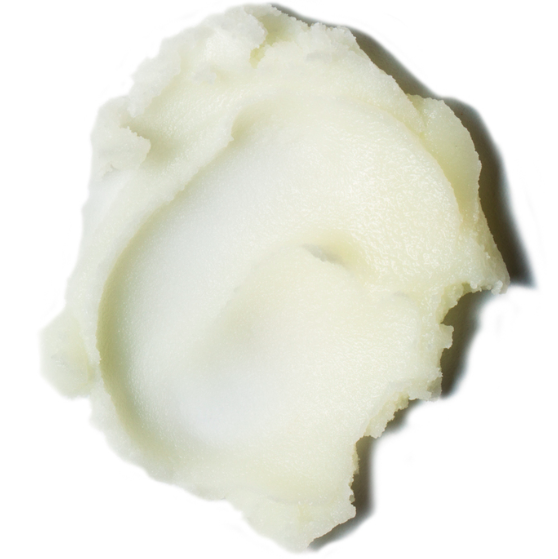What’s Your Beef With Fat?
Posted by Paige Brown

Did you know that beef tallow, a form of rendered beef fat, is actually good for you?
We’ve been trained to believe that fat isn’t good for us but in fact, fat is an essential component of our health and well being.
What Is Tallow?
Beef tallow is a form of purified animal fat. The form of purification is called rendering where heat is used over a period of time to get rid of the impurities within the fat. You can render many animal fats such as pork to make lard, lamb and beef to make tallow, and even butter to make ghee.
The Benefits of Beef Tallow
What we now know is that saturated fats found in natural products such as beef, are healthy and important for our overall health.
Many fat soluble vitamins and minerals can be found in beef tallow such as: vitamins A, D, E and K.
Vitamin A is essential for skin, eye, and immune function.
Vitamin D is essential for the absorption of calcium and for immune health.
Vitamin E is an antioxidant that reduces the prevalence of free radicals which can damage our cells.
CLA is a type of fatty acid found in meat and dairy that helps lower our risk of heart disease, type two diabetes, arteriosclerosis, and cancer.
Tallow also has an extremely high smoke point, meaning the fat stays stable at high temperatures, making it great for cooking!
Beef Tallow is Sustainable
At the start of the 20th century and before the boom of Crisco and other toxic vegetable oils, beef tallow was the most commonly used form of fat for cooking.
Not only is this a sustainable source of fat, it is a much better choice for our environment. Vegetable oils made from palm and canola have been linked to deforestation and a high carbon footprint. Some sources have even mentioned grass-fed beef tallow as having a negative carbon footprint!
Beef Tallow is Affordable
Not only is beef tallow great for our environment, but it is something that we can actually make ourselves at home. Here is a recipe to make your own!
How to Render Beef Tallow
from Prairehomestead.com
Ingredients
- Quality grass fed beef fat (suet)- any beef fat can be rendered into tallow, but “leaf fat,” which lies around the kidneys, is best
- Large stock pot OR slow cooker
- Clean glass jars for storage (wide mouth)
- Cheesecloth or improvised cheesecloth alternative
- Time…
Instructions
- Dry rendering (no water) Beef Tallow:
- Trim beef fat
- Chop it into manageable chunks, then trim off bits of meat, blood, gristle, and whatever else you may find including the “cellophane” wrapping around the leaf fat
- Once trimmed, run fat through the food processor (MUCH easier when cold!) until it’s the consistency of ground meat (If you don’t have a processor, just chop fat into small pieces)
- Dump shredded fat into a large stockpot or slow cooker for several hours and use very low heat to begin melting
- Check fat and stir occasionally to make sure it’s not burning
- As fat renders, it slowly melts allowing ”impurities” to rise to the top
- It’s done when there’s clear liquid at the bottom and crispy bits floating on top
- Strain tallow through a piece of cheesecloth or fabric to remove all the “floaties” (you may want to place your cheesecloth inside a colander to make straining easier)
- Pour into jars and allow to harden and cool at room temperature
- Tallow can stay at room temperature for a week or so, but refrigerate or freeze if storing longer (should last several months to a year in freezer)
- Use tallow for frying french fries, in pastries, and other recipes that call for shortening
Keep up to date with our upcoming events, including Mindful cooking classes, sign up for our newsletter here.
